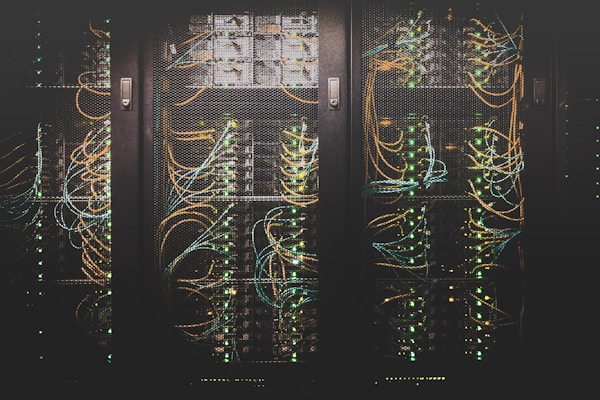Cloud-native development has become the standard for modern applications. In 2024, organizations are increasingly adopting cloud-native practices to build scalable, resilient, and efficient applications. This comprehensive guide explores the latest best practices and trends in cloud-native development.
1. Microservices Architecture
Modern cloud-native applications are built using microservices architecture:
- Service decomposition strategies
- Inter-service communication patterns
- Service discovery and registry
- Data management in microservices
2. Containerization and Orchestration
Container technologies are fundamental to cloud-native development:
- Docker container best practices
- Kubernetes orchestration strategies
- Container security considerations
- Resource optimization techniques
"Cloud-native is not just about where you run your applications; it's about how you build and operate them. The cloud-native approach is transforming how we think about application architecture."
3. DevOps and Automation
Automation is key to successful cloud-native development:
- CI/CD pipeline optimization
- Infrastructure as Code (IaC)
- Automated testing strategies
- Monitoring and observability
4. Security and Compliance
Security considerations for cloud-native applications:
- Zero-trust security model
- Container security scanning
- Compliance automation
- Data protection strategies
5. Performance Optimization
Key strategies for optimizing cloud-native applications:
- Resource utilization monitoring
- Auto-scaling configurations
- Cache optimization
- Cost management practices
Conclusion
Cloud-native development continues to evolve, with new tools and practices emerging regularly. Success in this space requires a commitment to continuous learning and adaptation. By following these best practices, organizations can build more resilient, scalable, and efficient applications in the cloud.



